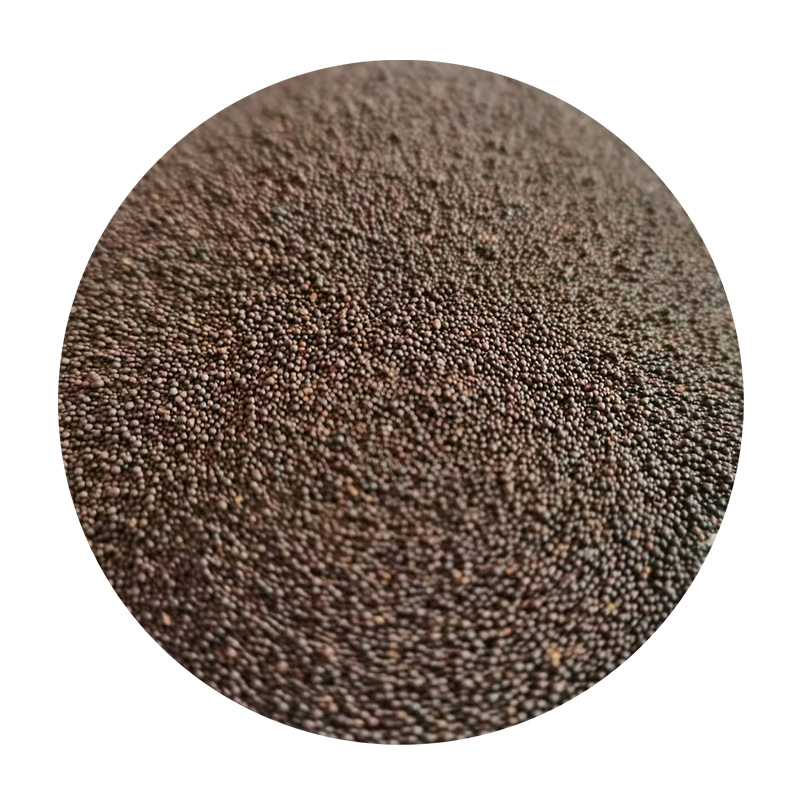The Significance of Sand for Resin in Modern Applications
Resin has become an indispensable material in various industries, from art and crafts to construction and manufacturing. One of the lesser-discussed but crucial components in many resin formulations is sand. This article explores the significance of sand for resin, its types, applications, and the advantages it brings to the table.
First, it is essential to understand the role of sand in resin-based products. Sand is often used as a filler material, enhancing the physical properties of the resin. By incorporating sand into resin, manufacturers can achieve a variety of outcomes, including improved durability, increased weight, and enhanced texture. The addition of sand to resin formulations can also influence the aesthetic qualities of the finished product, providing a more natural look that mimics stone or other minerals.
There are different types of sand that can be utilized in resin mixtures, each contributing unique characteristics to the final product. For instance, silica sand is commonly used for its high purity and excellent bonding properties. This type of sand can increase the strength and weather resistance of the resin. On the other hand, colored sands can be incorporated to create visually appealing designs in art projects or decorative items, offering a spectrum of possibilities for aesthetic expression.
sand for resin

The applications of sand-reinforced resin are vast and varied. In the construction industry, for example, sand-filled resin is used to create strong flooring systems that can withstand heavy foot traffic and impact. This makes it suitable for both residential and commercial spaces. In arts and crafts, artists often use resin mixed with sand to create unique pieces of artwork, such as coastal-inspired designs that evoke the feeling of the beach. Furthermore, sand can be essential in creating molds and casts for sculptures, providing a solid base that enhances the resin's structural integrity.
Another noteworthy advantage of using sand with resin is the economic aspect. By using sand as a filler, manufacturers can reduce the overall costs of resin while maintaining the desired performance characteristics. This economic benefit is particularly appealing for large-scale projects where material costs can significantly impact the budget.
Moreover, the combination of sand and resin is increasingly seen in sustainable practices. Some companies are exploring the use of recycled materials in sand production, thus blending sustainability with performance. By adopting eco-friendly approaches, industries can minimize their environmental footprint while still achieving high-quality outcomes.
In conclusion, sand serves a multifaceted role in the realm of resin applications. Whether in construction, art, or manufacturing, the synergy between sand and resin can elevate the final product, combining strength, aesthetic appeal, and cost-effectiveness. As industries continue to innovate and seek sustainable practices, the importance of understanding and utilizing sand for resin will undoubtedly grow, paving the way for new developments and opportunities in the future.
Post time:אוק . 04, 2024 12:35
Next:The Ensemble of the Desert Dream
